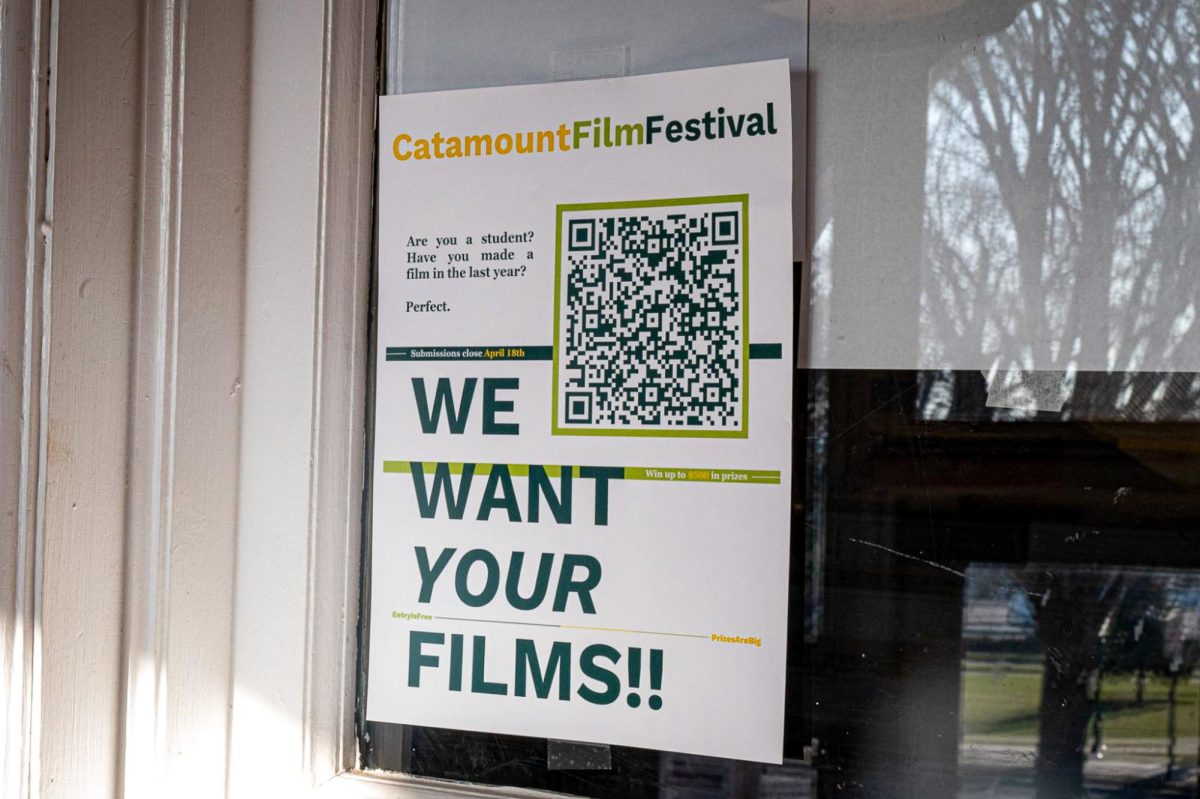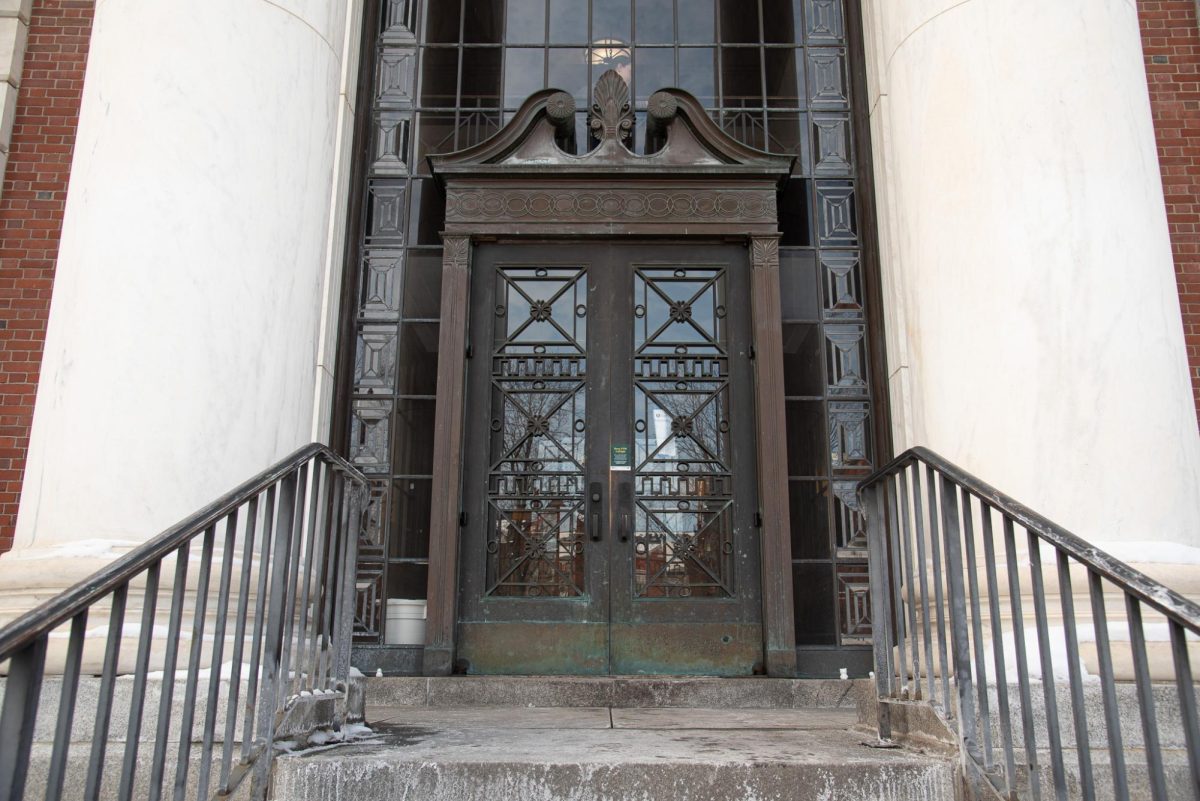Livable wages are often talked about today on campus, yet generally the arguments made for or against revolve around whether or not workers deserve to earn a wage that affords a higher standard of living. The real question is if people in society and the whole economy will actually be better off if a higher than market wage is allocated for different types of unskilled labor.
On campus, jobs that do not pay livable wages are low skilled, meaning that employee training is relatively low and workers can be replaced with an equally low cost. Some job classifications at UVM that are considered less/low skilled are entry-level clerical positions, some maintenance jobs, food service and custodial positions.
Although the different low skilled positions are vital to making this campus operate they are nonetheless low skilled and designated as such in the greater Burlington marketplace. Using different economic theories the following article will illustrate the possible costs and benefits of instituting a livable wage policy at UVM. The theories applicable to livable wages are efficiency wage, neoclassical and progressive.
Efficiency Wages
According to many modern day economists labor productivity increases when a person is paid a higher wage. The reason being that the cost of job loss increases when a worker is paid more, meaning they will work harder in order to remain employed because comparable jobs might not pay the same amount.
Efficiency wages also encourage larger and higher quality applicant pools for open positions as more qualified and possibly better-trained workers are drawn to the high wage. The increased pay also makes people happier about their job and even look forward to work because of the pleasure associated with being well paid. Many studies show that when workers are happy about going to work they also work harder.
However, even if workers are happier and are more qualified, productivity may not increase because employees are already assigned a predetermined amount of work which would be tough to exceed.
For instance, it might be one person’s job to clean a whole building and in this case higher productivity would not necessarily improve a custodian’s ability to clean another building. Instead the efficiency wage theory suggests that because the cost of job loss increases when a higher wage is paid that the custodian will increase his/her quality of work, meaning the overall cleanliness of the building improves. Or in other words, the livable wage helps quality over quantity.
Neoclassical Theory
Disagreeing with efficiency wage assumptions the Neoclassicals argue that productivity and quality of work is not dependent on wage. Rather UVM, or any other firm, uses mechanisms like supervision to ensure that output per worker is maximized. Under this school of thought the threat of being fired, high wage or not, is enough to maximize the utility of each worker.
Neoclassicals would argue against livable wages for several reasons such as fairness, increased unemployment and inefficiency.
A livable wage is inefficient because it prevents the market from operating on its own, imposing a ‘tax’ on businesses. By making firms pay this high tax it prohibits the market from functioning properly because a non-scarce resource -unskilled labor – is being treated as if it were so. This disturbs equilibrium, causing prices to be artificially high, which is bad for everyone.
Artificially high wages cause the economy to contract and unemployment to increase. As firms give their workers a higher than market wage, forcing the cost of doing business to rise, firms look to reallocate their resources. In the case of livable wages, the raise in labor cost causes businesses to cut back on staff and increase other inputs, which are now relatively cheaper. Clear examples of replacing workers with other inputs are the self checkout counters in supermarkets, or automatic toll booths. Both allow firms to reduce costs by shifting resources to less expensive inputs.
If UVM were to establish a livable wage then the larger costs of labor would increase unemployment. Although some workers would be better off, others would suffer from job loss. If UVM did not lay off workers then it would have to find another way to compensate the higher costs. Possibly by increasing tuition or decreasing the amount of money spent on other goods UVM purchases like new desks, white boards or other material improvements.
On the other hand, if unemployment stays constant then prices will have to rise in accordance with the rise in the cost of doing business. This means that everything will be more expensive and people who do not get a livable wage will face higher prices, in essence making them poorer.
The Progressive School
Under this type of economic thinking a livable wage makes everybody in the economy better off because increased wages lead to increase consumer spending and overall economic growth. If workers are paid more, than they spend more, causing a rise in demand. Firms respond by hiring more workers and increasing output thereby decreasing unemployment and increasing well-being.
Whether livable wages will increase prices and unemployment or improve worker productivity and material well-being is up for debate but at least UVMers are asking the right questions and engaging the subject wholeheartedly.











